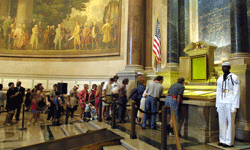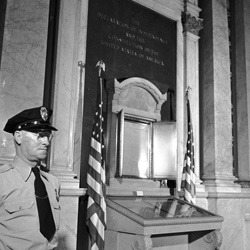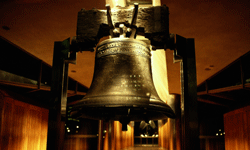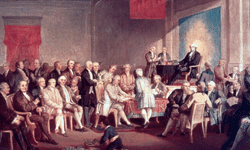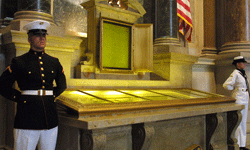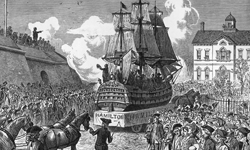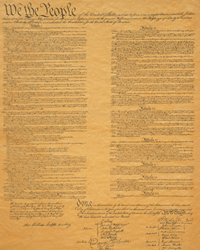When Pearl Harbor was attacked in 1941, plunging the United States into World War II, among the security measures taken was the transfer of a document from Washington, D.C., to Fort Knox, Ky. [source: NCC]. The original U.S. Constitution, all four oversized pages of it, were considered that important to the nation -- as precious, apparently, as all that gold bullion.
Its value is mostly symbolic, of course. There are countless copies, printed and digital, Americans can rely on should the original be lost. But the actual document, composed in a guarded room in just over three months, signed by the likes of George Washington and Benjamin Franklin, is worth saving -- and celebrating.
Advertisement
On Sept. 17, we remember the document that Revolutionary War general and national assemblyman Marquis de Lafayette called "little short of a miracle" [source: Constitution Facts]. In this article, in recognition of the Constitution's enduring importance to the United States of America, we'll get to know it a little better.
Here, some bits of Constitution trivia you may not have learned in school, beginning with the very purpose of the Convention …
